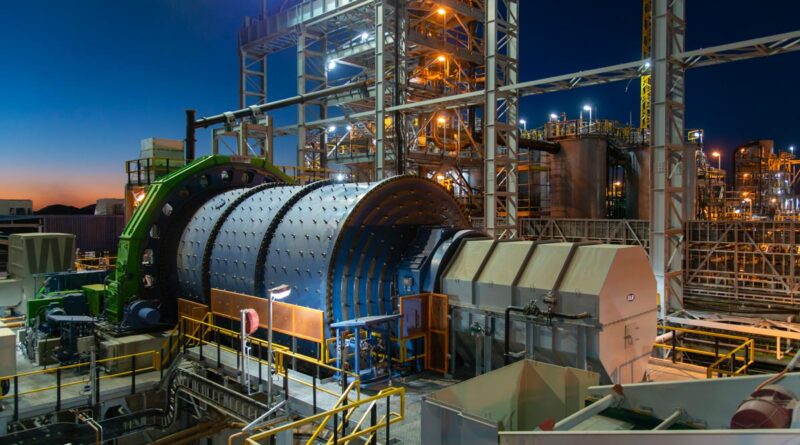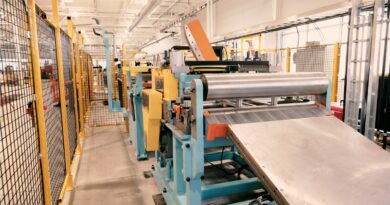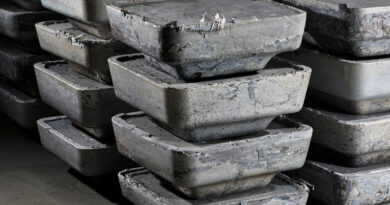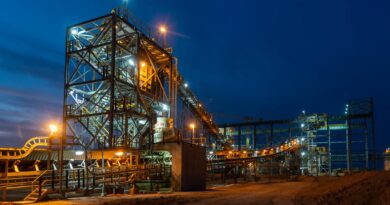Global zinc outlook positive, experts predict
According to Fitch Solutions, global mined zinc production will increase over the next few years as higher prices encourage miners to restart mothballed capacity and begin production at important new mines.
High zinc prices relative to historical levels will motivate investment in new projects, expansions and restarts as the economics of the projects maintain their attractiveness.
“We also see scope for some idled capacity to be restarted,” Fitch said. “We forecast global zinc mine production to increase by an average of 1.7% y-o-y over our forecast period to 2029, reaching 14.8 million tonne of mineral production.”
World Bureau of Metal Statistics announced that the zinc market was in surplus by 51 kt during January to April 2020 which compares with a deficit of 75 kt recorded in the whole of the previous year.
Reported stocks increased by 151 kt during January to April which included a net increase in Shanghai of 105 kt over the period. LME stocks rose over the January to April period to close 50 kt above the December 2019 level.
LME stocks represent 16 per cent of the global total with the bulk of the metal held in Asian and Dutch warehouses. Demand is measured on an apparent basis and it is likely that the full effects of national lockdowns have not been fully reflected in the trade statistics.
Global refined production rose by 2.5 per cent and demand was 0.7 per cent higher than the levels recorded one year earlier. Japanese apparent demand was, at 167 kt, 6 per cent below the equivalent total for January to April 2019.
China’s zinc mine production is expected to stagnate over the coming years due to declining ore grades and increasingly stringent environmental regulations.
The conservation of minerals and increasing consolidation of mining industries outlined in China’s 13th Five-Year Plan will weigh on zinc output, Finch stressed. China’s position will erode from 31% of global mine production in 2020 to 26% by 2029.
Jiangtong Copper Group had begun constructing a new underground lead-zinc- silver mine in the Jiangxi Province in July 2019. The company reports the project has a mine capacity of 1.0mnt per annum. It is expected to produce 29.6kt of lead concentrate and 44.5kt of zinc concentrate.
The project represents a slight upside risk to Fitch’s forecast over 2021-2023, depending on when the mine commences operations and how quickly production ramps up.
Despite its muted growth rate, China will remain the largest global producer of zinc by a wide margin.
Fitch forecasts Peru to remain a top zinc concentrate producer years ahead. Despite a large number of players, Peru’s zinc sector is dominated by the Antamina operation, with annual production of 409kt, and Nexa Resources’ Cerro Lindo as well as El Porvenir operations.
Antamina’s production is expected to range from 440-490kt per annum. Alongside Antamina, Korea Zinc’s expansion at Pachapaqui and Nexa Resources beginning production at the Shalipayco mine will also support growth, says Fitch.
Fitch expects Australia to maintain it’s positive trajectory over the coming decade. Over 2019, the ramp up of MMG’s Dugald River mine and the restart of Glencore’s Lady Lorreta mine at Mount Isa led the increase in Australia’s zinc mine output by an estimated 14% y-o-y. Given the country’s healthy pipeline of projects, Fitch expects the country to average the second-fastest growth rate globally to 2029.
India will increasingly drive global zinc mine production growth as the country’s key miner Hindustan Zinc Limited implements a large-scale expansion plan aimed at increasing the firm’s mined production output to 1.2mnt per annum by 2020 from 950kt previously. Zinc mine production accounts for approximately 75-80% of the firm’s mined production output each quarter, the remaining proportion consisting of lead and silver.




